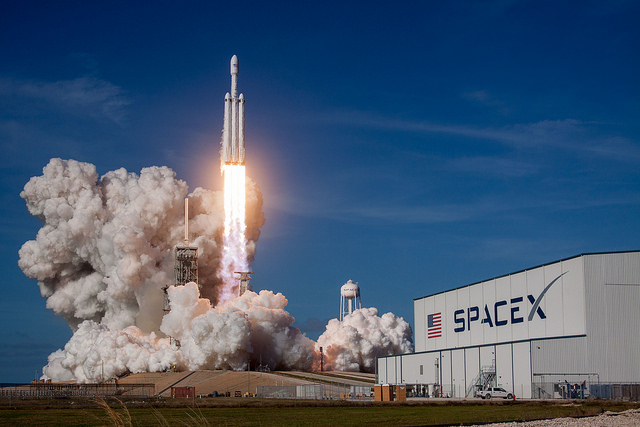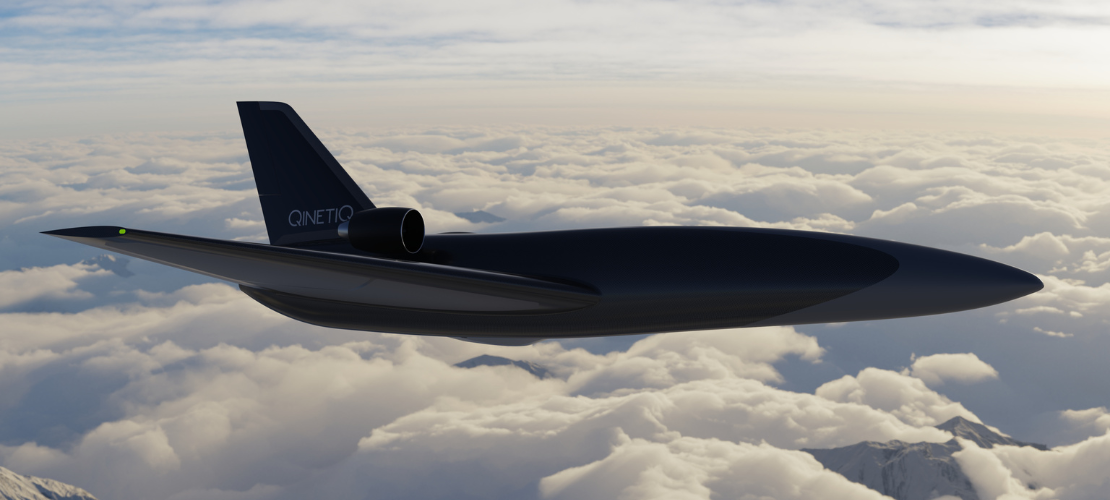Preparing for today’s launch, Elon Musk’s SpaceX recently conducted a key test of its new rocket – the Falcon Heavy.
All 27 Merlin engines of the rocket were fired up to make sure they are flight-ready. The test firing conducted in Florida lasted only 12 seconds. The engines of the rocket are capable of delivering more than 5 million pounds of thrust.
The test firing was a prelude to the big show on Feb. 6
Once the Falcon Heavy successfully blasts off on an unmanned mission to prove it can fly, it can start sending satellites and other payloads into orbit.
The 70-meter-tall Falcon Heavy is designed to put up to a maximum of 64 tons into low-Earth orbit.
The world’s most powerful rocket
It will be the most powerful rocket in the world and the second-most powerful rocket ever built, after NASA’s Saturn V rocket, which was used for the Apollo moon landings and was retired in the 1970s.
What is being sent into space?
Elon Musk has decided to launch his own electric sports car — a cherry red Tesla Roadster — to simulate a payload on the first Falcon Heavy flight.
On being asked why he wanted to throw away a $100,000 car, Musk, who is also the CEO of Tesla, replied, “I love the thought of a car drifting apparently endlessly through space and perhaps being discovered by an alien race millions of years in the future.”
How much will it cost?
SpaceX advertises a price tag of $90 million for a Heavy launch. It’s a bargain in comparison to its rival the Delta IV Heavy, which is built by United Launch Alliance, costs more than $400 million per launch.
How to watch the launch?
You can watch the liftoff directly from SpaceX’s live webcast here.
You can also buy a launch viewing ticket at the Kennedy Space Center Visitor’s Complex in Cape Canaveral.









